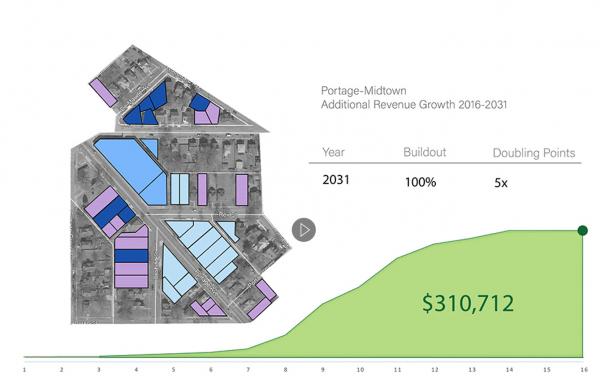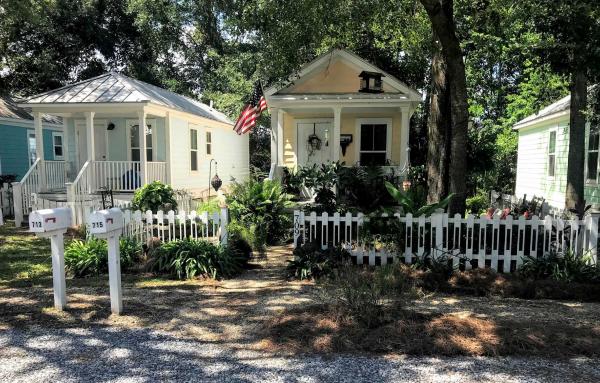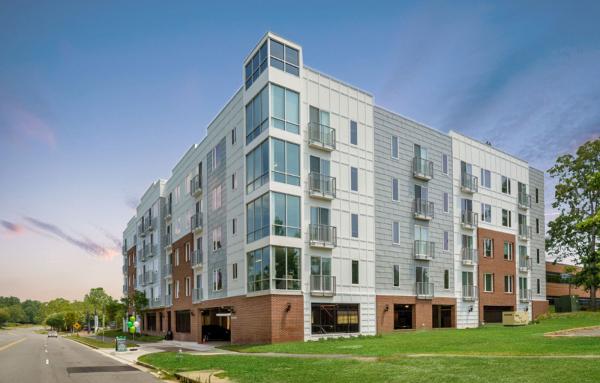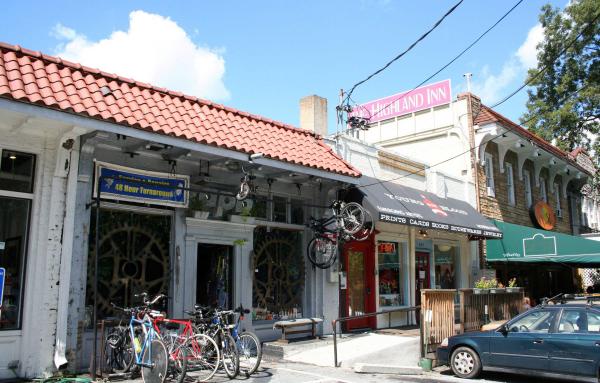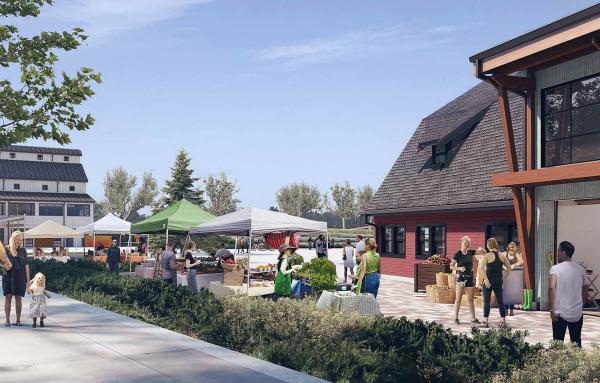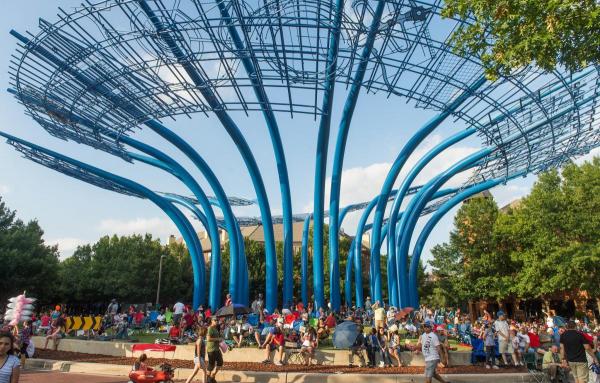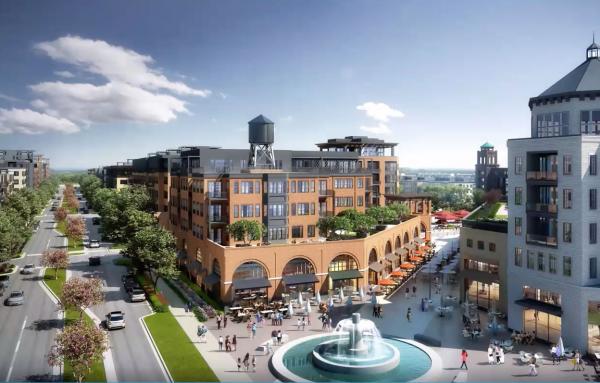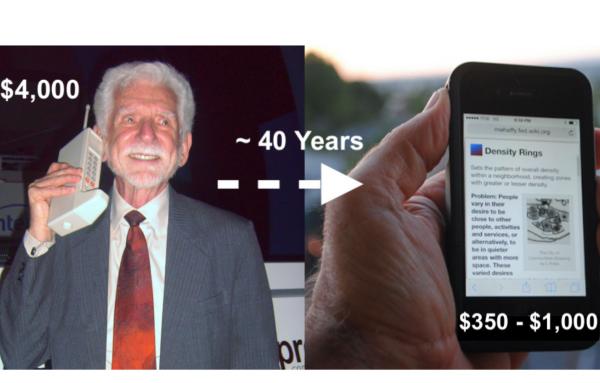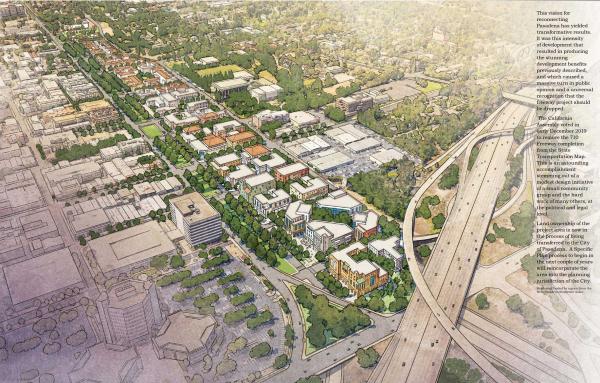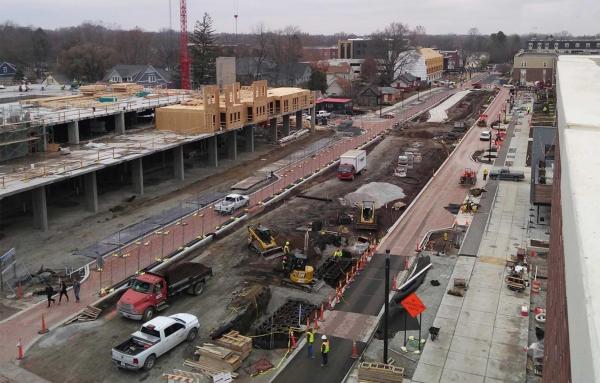Development
Frisco Square has doubled the size of a historic downtown as the city prepares for regional transit.
In cities across the country, small buildings are demonstrating a big effect on economic development and municipal finance.
After more than a decade of sporadic advancements, the factory-built cottage idea may finally have arrived. This development could make a difference in quality affordable housing across the US.
I was looking through the recent report, The Best Small Towns to Live Across America, published by Stacker. This kind of real estate list attracts attention, sucks you in like an awards show (which places did they pick?), and is based on nothing...
The character of Georgia Avenue, a historic Atlanta main street, was preserved while injecting new life into a neglected neighborhood.
A neighborhood in Atlanta establishes a Historic District with land-use regulations that protect the architecture in the front of the lot while allowing extensive development in the back.
The British Columbia town of Southlands combines New Urbanism with a connection to farming.
A $500 million transit-oriented development will connect to the well-known new urban development as DART moves forward with a rail corridor.
The Minnesota capital has major redevelopments underway, using principles of the Charter of the New Urbanism.
New Urbanism needs an optimum combination of standardization and customization, drawing lessons from other industries—and from natural systems.
A grassroots organization, Reconnecting Pasadena, helped to defeat an in-city freeway by proposing a mixed-use, urban alternative.
How quickly we have gotten used to a world that has seemingly stopped. I was out running yesterday morning, and came across construction workers who were moving and positioning heavy equipment for a development project near the waterfront of my city...

